Recent events have brought renewed attention to aspects of our education system that don’t serve students well, particularly Black and Latinx students. To tackle them, we need to learn from models that are doing more than tinkering at the edges of structures that have underserved students for decades. Research has shown promise for using innovative practices to provide more equitable learning opportunities.
Our Role
The Chicago Equity-Centered Innovation Forum (CEIF), which convened from 2021 to 2023, promoted models of personalized instruction, competency-based approaches, performance assessments, project-based learning, and other emerging innovations that provide promising education frameworks. CEIF identified, supported, and amplified models for addressing systemic inequities that are unlikely to emerge from schools making more incremental changes.
EdSystems collaborated with staff from the Chicago Public Schools Office of Teaching and Learning to organize and co-facilitate forums where implementers of innovative models in secondary education can share best practices and strategize toward solutions, receive support and guidance from national experts, and learn about implementation models from other Illinois districts and other states. Related resources are available in the CEIF Resource Hub.


